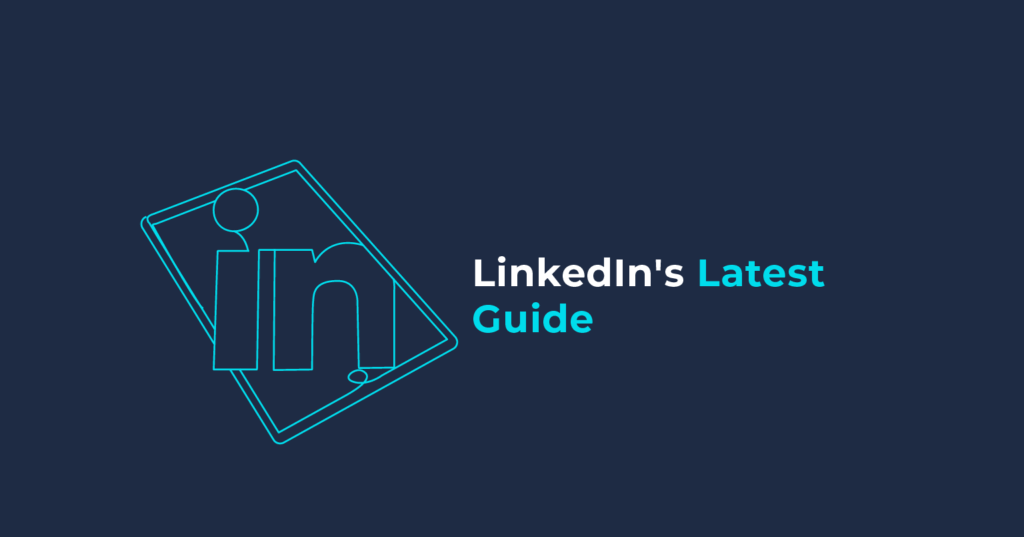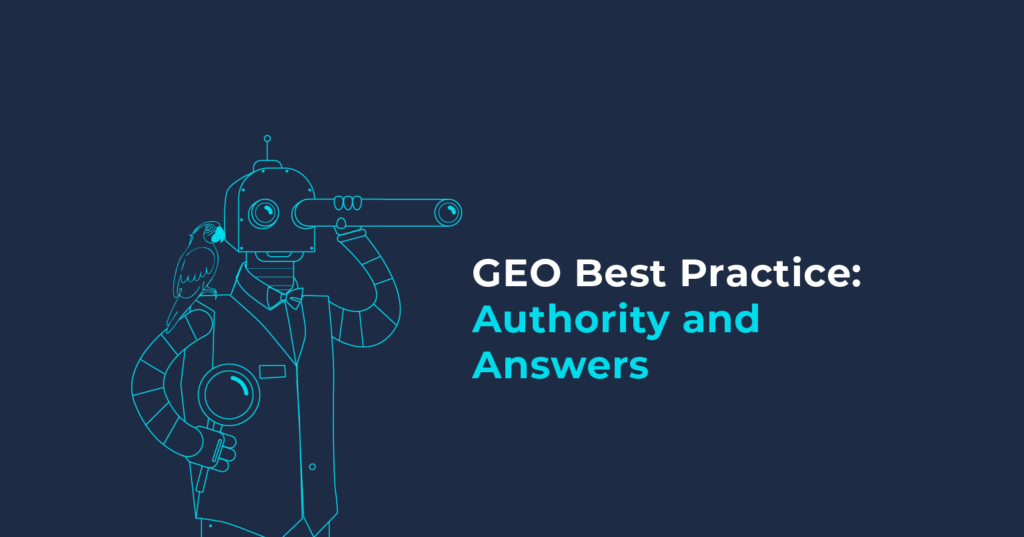Everything B2B Marketers Should Know about LinkedIn Content Creators
How you can transform your C-suite and employees into LinkedIn Content Creators—and why it’s a good idea.
Reading: 0118 322 4395 | Manchester: 0161 706 2414 | Oxford: 01865 479 625 | info@sharpahead.com | Office hours: Monday-Friday 9:00am - 5:30pm
| Office hours: Monday-Friday 8:30am - 5:30pm
| Email | Office hours: Mon-Fri 9:00am - 5:30pm
Landing pages for B2B digital marketing
B2B Conversion Party
Landing pages are important in many aspects of B2B digital marketing and are absolutely critical for B2B lead generation campaigns.

A good landing page will multiply up the success of a B2B lead gen campaign and deliver a 2x, 3x even 10x improvement in ROI. A bad landing page will doom a campaign to failure.
Sharp Ahead recognised the importance of landing pages at the very beginning of our agency back in 2014, so B2B landing page design and optimisation have always been core parts of our service. Almost every B2B lead generation project we work on will have at least an element of landing page design or optimisation. But we’ve seldom talked about landing pages in our blogs. So it’s time to fix that!
Over the next few weeks we’ll be publishing a sequence of blogs that share the best practices around landing pages for B2B digital marketing that we’ve honed over ten years’ work in our agency.
This first article covers basic concepts and explains the crucial role of the landing page in the B2B lead generation user journey. Subsequent articles will go into details such as:
There’s a lot to cover! So let’s jump in.
There’s scope for some confusion here.
In the world of web analytics, “landing page” just means “the first page of a visit” – i.e. the URL at which a person first “lands” on the website. You’ll come across that term in reports like these in Google Analytics:

In that context the “landing page” has no specific purpose or function – it’s just whichever page a visitor happened to see first.
But in B2B digital marketing optimisation we mean something a bit more specific by “landing page”:
A landing page is a web page that is specifically designed to receive the click-throughs from a particular digital promotion so as to maximise the success of that promotion.
The crucial thing here is that the marketing team is designing and using the landing page specifically to serve as part of a particular digital marketing campaign, and for no other purpose.
That might not seem like a big deal. Aren’t all web pages designed to serve a marketing purpose? Why do landing pages need to be any different from “normal” web pages?
To answer that we need to apply the First Rule of Marketing Success – look at the world through the eyes of your target customer.
In lead generation we’re looking to interact with a person who needs a product or service like ours and who is just about ready to make contact with our sales team. That person will often be actively searching for a solution. So it’s very likely that their user journey will involve interactions with a search engine like this one:

The person is using a search engine and they’ve entered a query that reflects their needs – in my example, they searched for “flexible office space oxford”.
The search engine has done its job and brought back a long list of web pages that might be a fit for the searcher’s requirements. There’s an interesting mix of websites in this particular case – a paid ad for one particular office space provider, a blog article with a review of multiple coworking spaces, some listing sites that offer multiple locations, and some individual office locations. All quite intriguing and likely to help with the research process in different ways.
If you’ve been skilful with the design and implementation of a PPC campaign, your search ad might be one of the links that appears on that page. And if your ad is carefully written, there’s a good chance that it will appeal to the person who is searching. If the stars align, they’ll click on your ad. And they’ll see your landing page!
At this moment the landing page has a HUGE job to do. Because at this point in the user journey, your landing page is in competition for the user’s attention with the search engine and with every other link on the search results page. If your landing page can’t immediately engage the searcher, the search engine (with its familiar, trusted user experience) and all of those tantalising competitor links (with their novelty and promises of relevance) are just one tap of the back button away. One click and that person is lost to you, perhaps forever.
You have to convince the searcher to stay on your landing page, and you have to do it FAST. (Within 10 seconds, UX guru Jakob Nielsen wrote in 2011. In 2024 even 10 seconds seems too long!)
You need to reflect the reality of this type of user experience in the design of your landing page.
Grabbing the searcher’s attention is essential. But by itself it’s not enough to guarantee success. You need the person to remain engaged with your landing page and to be willing and able to take action.
So your B2B lead gen landing page needs to deliver on three different user experience challenges:
A general-purpose web page isn’t going to do any of those jobs very well. Websites are designed to fulfil multiple purposes for a wide range of different user journeys, and so web pages within those sites have to feature complex navigation and multi-purpose information architecture. They rely on a visitor being at least somewhat engaged and willing to spend some time processing information and navigating around the site.
You don’t have the luxury of an engaged, committed visitor for a B2B lead gen landing page. You need to bring specialist design principles to bear if you want to keep your visitor out of the clutches of the competition and give yourself a good chance to turn them into a lead.
We’ll dive into the details of landing page design principles in the next article in this series.
Over the next few weeks, we’ll be sharing more insights and best practices on landing pages for B2B digital marketing. Sign up for our newsletter to receive the rest of this series straight to your inbox – and never miss out on the latest tips to maximise your lead generation success!
How you can transform your C-suite and employees into LinkedIn Content Creators—and why it’s a good idea.
Learn how to build authority and craft AI-ready answers with GEO (Generative Engine Optimization) — a must-know for B2B marketers.
AI is changing the world fast and SEO is no exception. Here’s how to start preparing for AIOs and agentic search now.



B2B Digital Rocket Fuel straight to your inbox
Add your email address below to receive our biweekly newsletter and stay up to date with the latest B2B digital marketing news and insights.
You'll also get instant access to our growing catalogue of marketing resources.
“An invaluable resource for getting the latest and greatest ideas and tips on B2B digital marketing. My students also benefit from the industry insights.”
Louize Clarke, Founder, The Curious Academy
Reading Office
The Curious Lounge,
Pinnacle Building,
20 Tudor Road,
Reading,
RG1 1NH
0118 322 4395
reading@sharpahead.com
Manchester Office
CORE,
Brown Street,
Manchester,
M2 1DH
Oxford Office
Oxford Centre for Innovation,
New Road,
Oxford,
OX1 1BY
01865 479 625
oxford@sharpahead.com
© Sharp Ahead | VAT: 184 8058 77 | Sharp Ahead is a company registered in England and Wales with company number 08971343